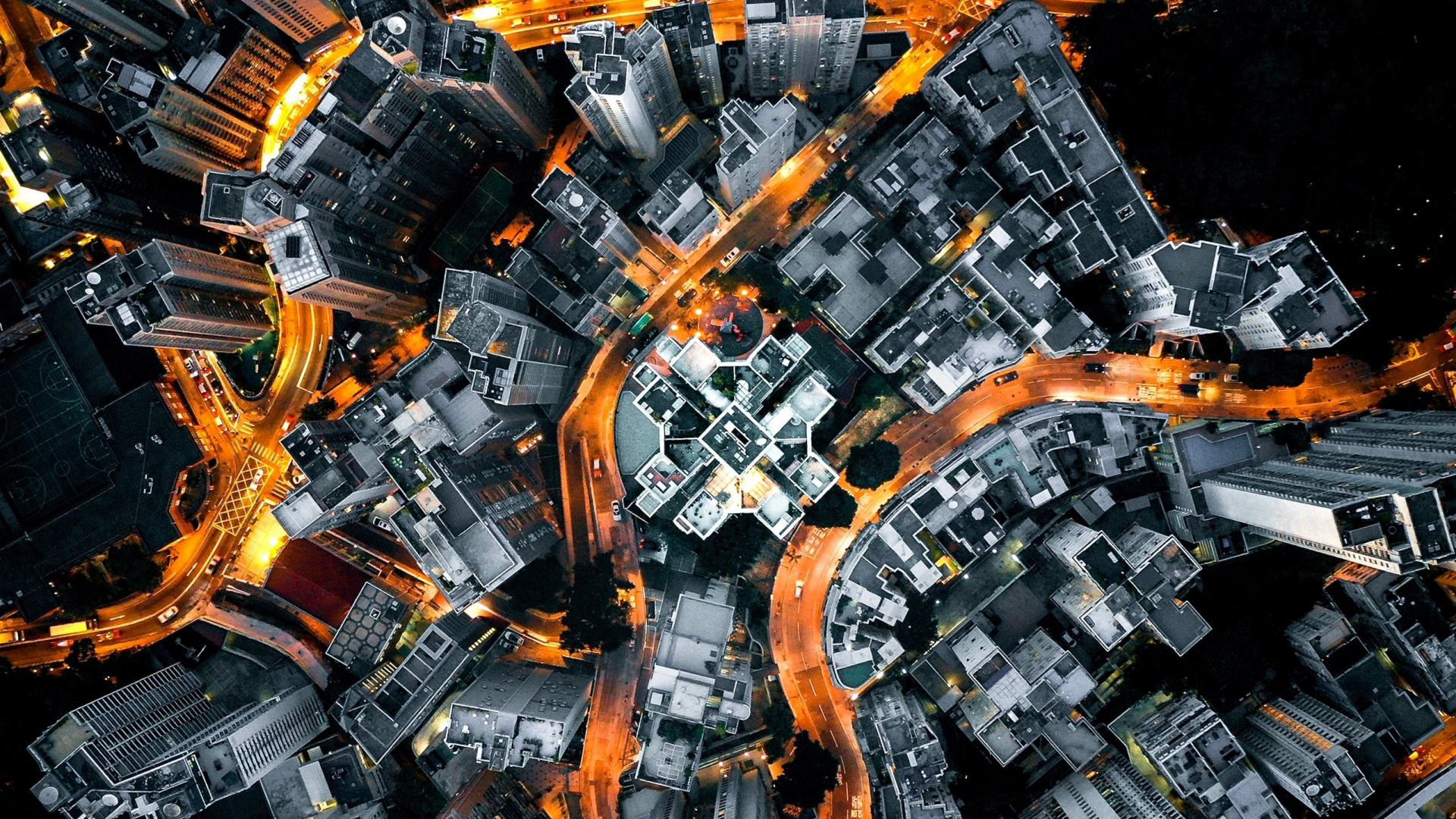
It’s not a deal-breaker, but those heavy pencil lines are sometimes a distraction. It is best not to draw the lines too heavy on your paper, especially in the sky, since there is a good chance the lines will show through the paint. The downloadable layouts are done with heavy lines to make it easy to see and copy onto your watercolor paper. This arrangement really supports the idea of aerial perspective as you’ll see. In this case the light values are in the background, the middle values are in the middle ground and the darkest values are in the foreground. The value sketch is very simple in that it breaks the picture plane into three areas of space and assigns a single value to each area. There is a value sketch for this lesson that we’ll use to guide us through the painting and really show off the aerial perspective. To help out, we’ll be painting a rainy day which has the kind of atmosphere that really exaggerates the effect. I prefer to use the term atmospheric perspective.

We’ll make conscious decisions about the color and values we’ll use on shapes that represent distant objects. Aerial or atmospheric perspective is a technique used by painters to depict the illusion of distance. This lesson is primarily focused on really showing off that effect by applying aerial perspective. So, have courage and give it a try! Aerial PerspectiveĪerial perspective – also called atmospheric perspective – is a system used by artists to represent the effect of atmosphere on distant objects – in effect representing space and distance in our painting. The watercolor medium makes this subject easier than you would think, but it is still a bit of an advanced lesson. But, we are really trying to capture the look of aerial perspective which is really exaggerated on rainy, hazy and misty kinds of days. refractions, reflections, etc.).In this lesson we’ll paint a rainy day scene. Primary visibility – When disabled, the aerial perspective effect is only seen by secondary rays (e.g. For more information, please see the Filter Color example below. This option is enabled by default, but some interesting effects are possible when disabled.įilter color – Affects the color of the inscattered light. For more information, see the Affect Environment Rays example below.Īffect background – Specifies whether the effect is applied to camera rays that hit the background (if a background other than VRaySky is used). However, it is possible to enable this option for artistic effects, especially with low visibility ranges. In this lesson, students will draw mountain landscapes and use aerial perspective to make the farther mountains look farther away. This option is disabled by default because the VRaySky texture already takes into account the amount of scattered sunlight. The other, linear perspective, is what we call the use of parallel lines converging on the horizon to convey depth. The default value 1.0 is physically accurate lower or higher values could be used for artistic purposes.Īffect environment rays – When disabled, the atmospheric effect is applied only to camera rays that hit actual objects, but not to rays that hit the VRaySky. Aerial perspective is one and is described as the use of gradations in color and definition to suggest distance. Inscattered light intensity – Controls the amount of sunlight scattered from the atmospheric effect. For more information, see the Atmosphere Height example below. The value is in meters and is converted internally based on the current 3ds Max units. This illusion of depth makes distant objects appear as having softer color, less texture, and blurred edges. Lower values can be used for artistic effects. Aerial perspective, also referred to as atmospheric perspective is a method in which color is modulated to reflect changes that the earth’s atmosphere has on objects seen from a distance. For more information, see the Visibility Range example below.Ītmosphere height (in meters) – Specifies the height of the atmosphere layer in meters. The value is in meters and is converted internally based on the currently selected 3ds Max units. Lower values make the fog appear denser, while larger values reduce the effect of the aerial perspective. Visibility range (in meters) – Specifies the distance at which the fog has absorbed 90% of the light coming from objects behind it.


 0 kommentar(er)
0 kommentar(er)
